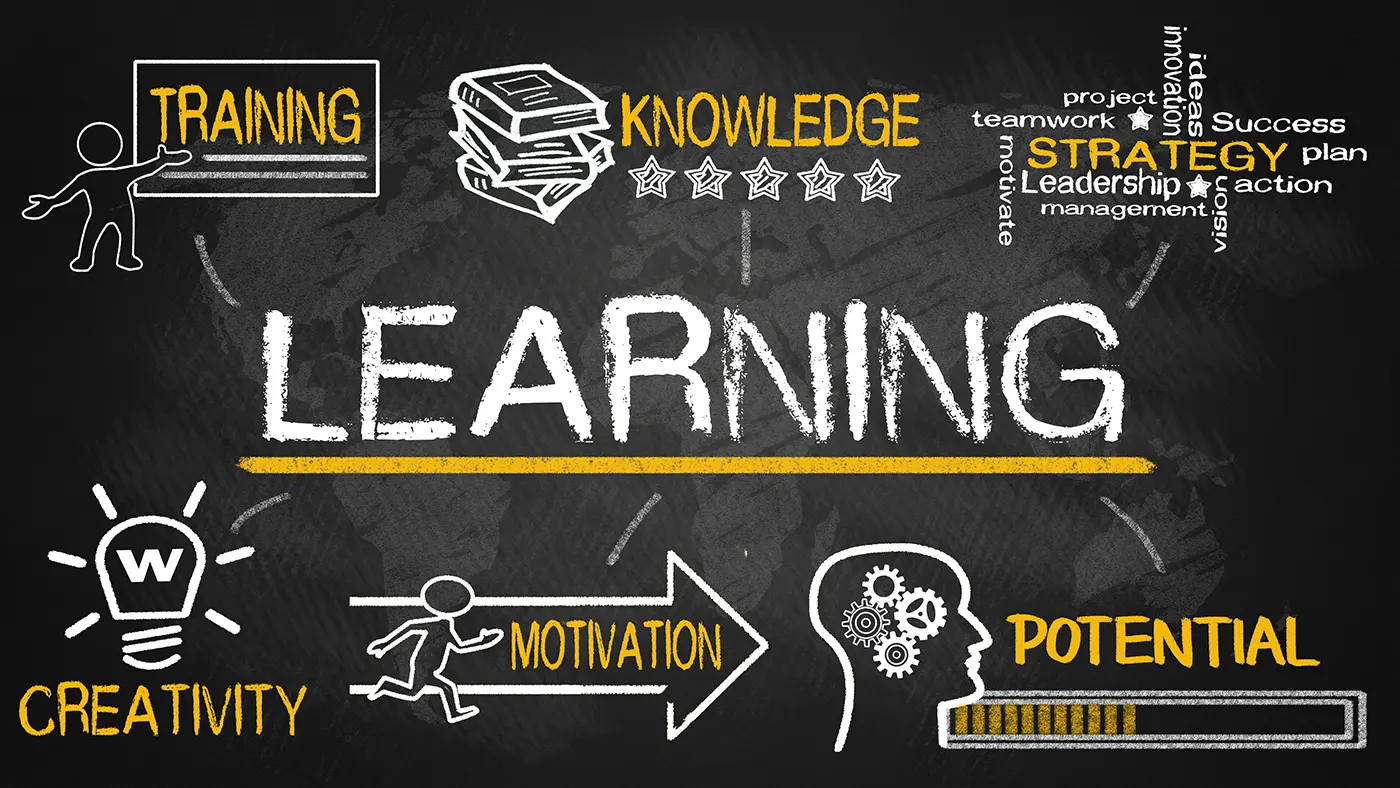Here's how leading CLOs align L&D with real business performance to prove learning impact using metrics including engagement, retention, skill growth, and ROI.

Not long ago, the idea of a Chief Learning Officer didn’t even exist. But in the last 30 years, the CLO has gone from an experimental role to a strategic essential. Why? Because organizations finally recognize that learning isn’t just a perk—it’s a performance driver.
And with that recognition comes investment. Nearly half (48%) of learning leaders say their budgets are going up this year. But here’s the catch: bigger budgets mean more pressure to show results. So how do you prove that learning works? Let’s talk measurement—beyond checkboxes and completion rates.
Remember when learning “metrics” meant how many people showed up or clicked through a slide deck? That’s no longer enough. Today’s CLOs are expected to connect learning directly to real-world outcomes: job performance, skill growth, and even revenue. Here’s how the best are doing it.
Are your people actually interacting with the training? Are they participating, responding to prompts, finishing modules? High engagement = relevant and effective content. Low engagement? Time for a rethink.
It’s not what they learn—it’s what they remember. Use quizzes or practical tests right after training, then again 30 and 90 days later. If retention is dropping off, it’s a sign you need reinforcement strategies.
Tip: Evaluate by topic to find specific knowledge gaps. Measure percent correct compared to the immediate post-training baseline.
How much are learners improving? Compare pre- and post-training assessments using self-ratings, manager reviews, or even hands-on demos. Use a skill matrix or competency framework for deeper insight.
Example: A leadership training might measure growth in decision-making, team management, or strategic thinking—on a 1–5 scale from novice to expert.
Can learners actually use what they’ve learned? Check in 30–90 days post-training with supervisor feedback, peer reviews, or changes in performance metrics (like productivity or error rates).
For sales teams? Track deal sizes, close rates, or customer feedback to see if training is paying off in real terms.
Draw a clear line from learning to outcomes: increased sales, better customer satisfaction, fewer mistakes. This is where L&D earns its seat at the strategy table.
This is the money question—literally. ROI shows the financial return from your training spend.
Formula: ROI = (Business Impact – Cost of Training) ÷ Cost of Training × 100
Example: Spend $50K on training, gain $150K in revenue? That’s a 200% ROI.
Sure, ROI matters. But what about engagement? Retention? Innovation? Smart organizations are building scorecards that combine quantitative and qualitative data to capture the full value of learning. It’s not just about dollars—it’s about momentum.
So how do you make this real? Here's what leading organizations are doing:
In the recent past, learning measurement was limited to basic feedback forms and completion rates. These methods provided little insight into how learning impacted job performance or business goals. Today, more sophisticated measurements are required to justify increased learning commitments and cost.
To effectively measure learning performance and ROI, organizations should track the following key metrics:
Measure the level of participation and interaction with learning content. High engagement rates indicate relevance and effectiveness, while low engagement signals the need for content adjustment.
Assesses how much information learners retain over time through follow-up assessments. This metric helps determine the long-term impact of training and the need for reinforcement learning.
Compares skills and competencies using pre- and post-training assessments.
Measure the transfer of knowledge to practical work scenarios, often through on-the-job assessments or manager feedback.
Correlate learning outcomes with key business metrics such as sales performance, customer satisfaction, and employee productivity. This provides a clear connection between learning initiatives and business goals.
Calculate the financial return on learning investment by comparing the cost of training with measurable business outcomes. This key metric, expressed as a percentage, validates the financial value of learning programs.

As the business climate grows in complexity we must adopt methods that assure us and our stakeholders that workforce skills are keeping pace. By embracing the latest methods of assessing learning value and aligning it with business results, organizations gain a deeper understanding of how learning impacts business performance. This strategic approach to learning measurement enhances the value of L&D investments and empowers organizations to build more agile, innovative, and high-performing workforces.
Advanced learning measurement is no longer a luxury; it is a necessity for organizations that wish to thrive. Using modern techniques,L&D leaders can confidently report the impact of their initiatives, proving the value of learning and contributing to the overall success of their organizations.